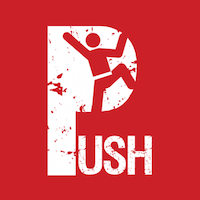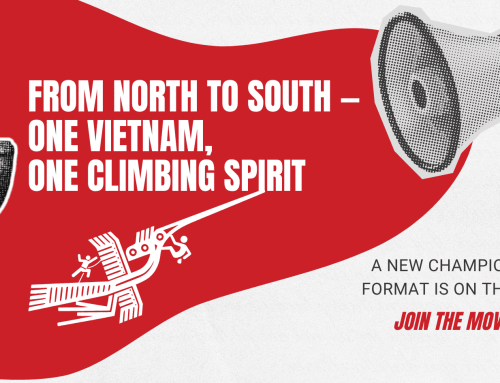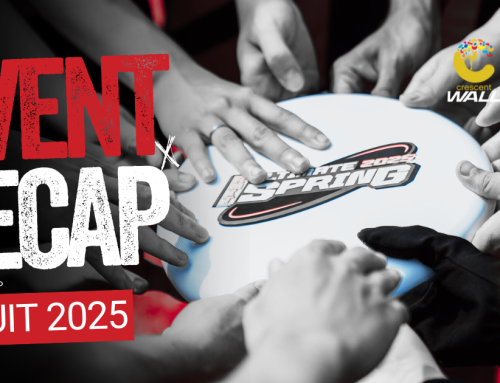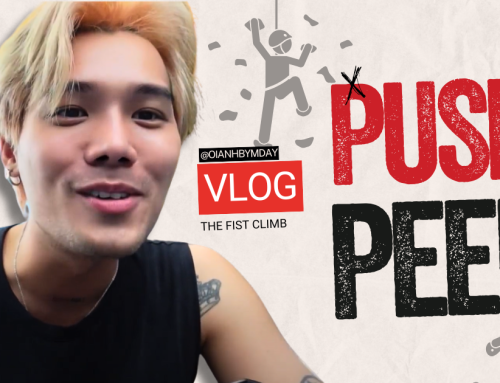Climbing tips from Fernando.
Want to know the secret to climbing better? Start by looking at your body in reverse.
HOW NOT TO DO IT
Us bipeds are a vertical species and our arms are a lot closer to our heads so it’s no surprise that when we start climbing we look to our hands to get a grip. Watch a beginner climber and they’ll start by looking up and lunging optimistically for a couple of big hand holds somewhere above head height. Of course this then leaves one or both feet scrabbling around vaguely for a foothold. Next they’ll try and haul up to those handholds; all bent arms and legs at awkward angles like a badly drawn swastika.
We’ve all done it.
But it happens to be making our lives harder and our climbing slower. If you want to really go up in the world and the wall you need to consider three things: straight arms, two contact points, and footwork.
Since most climbers have their world view totally the wrong way up we’re going to start at the bottom.
Contrary to how things work here on the ground, in climbing feet come first.
“My legs have the strongest muscles in my body; my calves can take my entire weight and walk around all day and still not be energy depleted. So I’m going to start out by thinking about where I’m going to put my feet.” Fernando places his feet into a couple of starting points and cleanly walks straight up the wall with minimals a hand grip, despite the big handholds available.


FOCUS ON FEET
Think of climbing strength and many of us—especially men—think about one-armed pull ups and one-finger holds. That’s great if you can do them, but it misses the whole point of the way people are physically built.
“What do you want to use? You want to use the biggest muscles in your body to power your way up or do you want to use some of the smallest muscles in your fingers?” Push Climbing instructor and sports scientist Fernando Romero said as he gets ready to scale our gym’s 15-meter wall.
“What I’m doing is looking down at my feet for the next placement, my arms help with a little bit of balance shift and take some weight but only as I raise my leg to stand up on the next point.”
The other thing that’s immediately visible Fernando is letting his calves relax so his heels drop down rather than standing on tiptoes. That lays a lot of sole on the foothold and the friction generated means he can easily stand there without tensing his muscles.
We’ve been fooled by awesome climbing pictures with bulging, straining muscles. If you’re flexing intensely, you’re doing it wrong.
“It’s your feet that are going to keep you on the wall, not the little muscles in your fingers, and your legs are the solid platform that holds you up.”
At this point Fernando looks more like an ‘X’ than the misshaped swastika of the typical beginner. He’s all straight lines and surprisingly relaxed looking.
By comparison I’m aware that my own body dynamic tends to look more like a spider after someone hit it with a shoe.
Although at rest Fernando is a human “X,” he obviously has to change position to move on. The focus stays on the feet, not the hands, with a look down before shifting and slow and controlled movements throughout.
“Two points of contact is your minimum. Three is better, but unless you’re an orangutan then to help with the big reach, one leg is going to have to lift so the other foot has to take the weight with the anchoring hand helping with balance. “
“If you can pull up then you can go up with your hands but normally one foot is going to be the main point of contact so you can walk up the wall.”
Fernando moves smoothly from four points of contact to three as one arm leaves the wall, then two as the opposite foot lifts to let him balance then quickly back to four.
Straight arms. Feel the force
You know that pose where you flex your biceps? Yes, yes, that’s one. Don’t do that.
“It’s simple physics. A ninety degree angle means the tension in your arms as you hold is running down the forearm and the biceps. Whereas if you have straight arms that strain passes through the whole forearm, upper arm, shoulders, chest, lat muscles, rhomboids, and your skeletal structure.”
Taking the time to note what part of you is taking the strain is the sure sign of the thinking climber. “You need to feel the force here, and we’re talking Newton not Jedi because this is about tension force not muscle power”.
So there you have it. Climbing is not about muscle but geometry and dynamics. So save the flexing for the selfies, look down before you move, and picture yourself as a collection of girder-straight lines, not spaghetti thrown at the wall. Try it. You’ll thank us.
Words by Steve Shipside.









